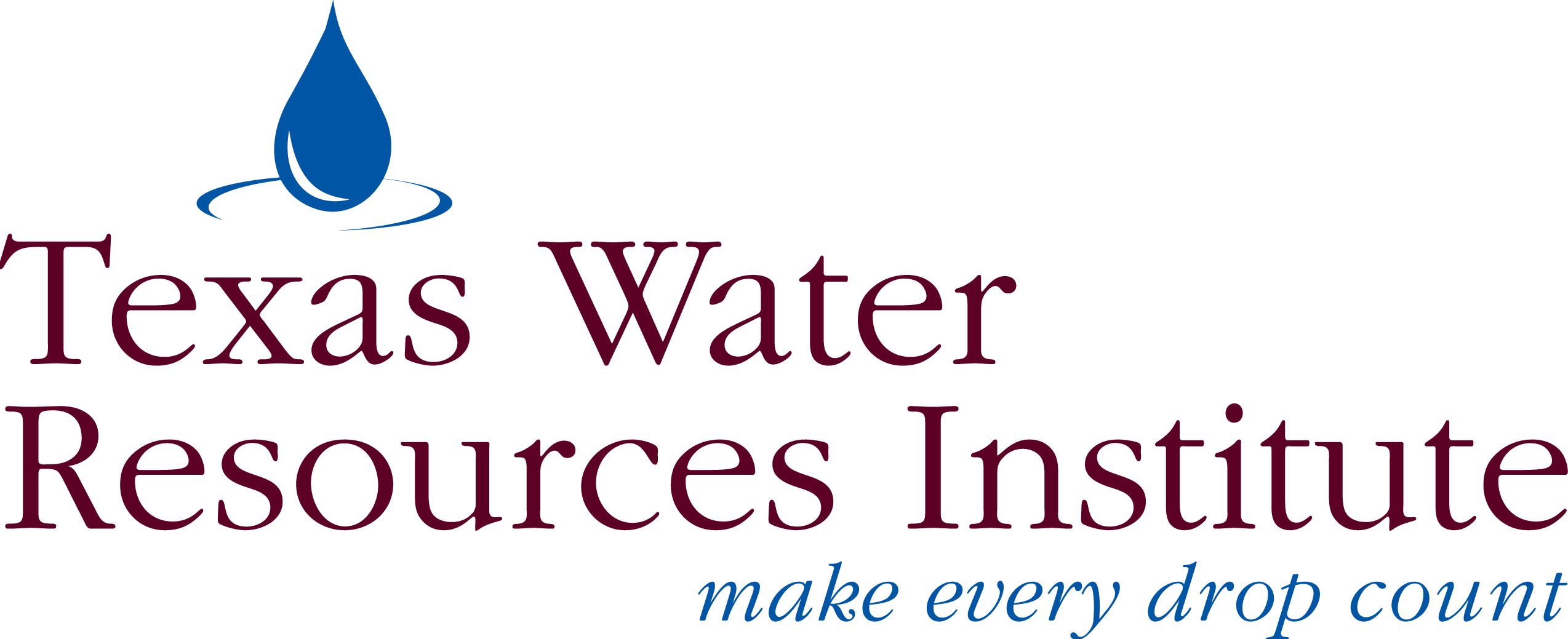When it comes to shared surface water, the United States and Mexico are lawfully obligated to abide by binational treaties and the International Boundary and Water Commission (IBWC). But what about governance of the groundwater that both countries have access to, in aquifers underlying the nearly 2,000-mile border?
Not only does no such groundwater treaty or governance exist, but in recent decades, heavily strained river systems have decreased surface water reliability in border states, resulting in more demand for groundwater extraction and treaty compliance issues, particularly in the Rio Grande basin.
For 15 years, the Transboundary Aquifer Assessment Program (TAAP) has been studying these borderland aquifers. TAAP conducts the foundational research needed to help communities and governments if binational groundwater governance cooperation ever becomes a reality at a federal, regional or local level.
TAAP was authorized under the U.S.-Mexico Transboundary Aquifer Assessment Act of 2006 on the U.S. side, and formally became a binational effort in 2009, led by the United States Geological Survey (USGS) and IBWC, to conduct binational scientific research to systematically assess priority transboundary aquifers.
Estimated reading time: 5 minutes
Transboundary Aquifer Assessment Program scientists identify vulnerable borderland aquifers
More Information
- First Ever Borderlands Aquifer Map, TWRI
- Permanent Forum of Binational Waters
- Transboundary Water Portal, TWRI
Want to get txH20 delivered right to your inbox? Click to subscribe.
A complete count or map of the aquifers along the U.S.-Mexico border did not exist until 2023.
Thanks to the leadership of Rosario Sanchez, Ph.D., Texas Water Resources Institute (TWRI) senior research scientist and TAAP lead, that map of all 72 shared borderland aquifers is now publicly available. (See map below.) Of those shared aquifers, 32 are along the Texas-Mexico border.
In 2024, Sanchez and collaborators in Texas, New Mexico and Arizona continue pushing this work forward for the millions of people depending on these aquifers.

Hydrogeological units (HGUs) in the borderland between Mexico and the United States. Map developed by Rosario Sanchez, TWRI.
Identifying hot spots
The original TAAP authorization bill instructed the program to focus on four priority aquifers: the San Pedro and Santa Cruz aquifers between Arizona and Sonora, and the Hueco-Bolson and Conejos Medanos Aquifer/Mesilla Bolson aquifers between Texas, New Mexico and Chihuahua. The program has made great strides in those areas, and Sanchez also studies many other stressed aquifers along the border.
“It’s nobody’s water,” Sanchez said. “So, everybody uses it, regardless of their neighbors or their shared natural systems.”
“It’s nobody’s water. So, everybody uses it, regardless of their neighbors or their shared natural systems.”
Rosario Sanchez, Ph.D.
A few years ago, the TAAP research team at TWRI developed a new approach to finding “hot spots” called Effective Transboundary Aquifer Areas (ETAAs), a process used to identify priority areas of an aquifer. ETAAs are identified by a high density of water wells and groundwater extraction.
Sanchez said that decision-makers could use ETAAs to prioritize groundwater-stressed regions or communities that could need additional funding or resources.
“We are looking for hot spots of groundwater extraction, movement and potential impacts — not just for over-drafting, but also contamination and vulnerability to contamination,” Sanchez said.

“We look for areas of land with more than one well per 100 square kilometers,” she said. The group first published research on the ETAA approach in 2020, and has since further refined it.
One important hot spot that they’ve continued to study further is the Conejos Medanos Aquifer, or Mesilla Bolson, near El Paso. Equally important is the Valle de Juarez Aquifer or Hueco-Tularosa Bolson, which is shared between El Paso and Juarez, she said. The Allende Piedras Negras/Maverick Aquifer is also a significant ETAA.
Within TAAP, Sanchez said there are working groups studying these hot spots, including scientists from the New Mexico Water Resources Institute, University of Arizona Water Resources Research Center (UAWRRC) and the Universidad de Sonora, guided by the coordination of USGS.
“Prioritizing aquifers has to be a binational effort,” said Sharon B. Megdal, Ph.D., UAWRRC director. “We have to consider many factors when prioritizing aquifers, including hydrological and sociological impacts.”
In southern Arizona, the Santa Cruz, San Pedro and Douglas aquifers stretch under the border into the Mexican state of Sonora and are important hot spots of groundwater extraction in that region, Sanchez said. Big Bend and the springs in Big Bend are another Texas area that is sensitive to groundwater overuse.
“There are very vulnerable systems out there. These ecosystems are very, very dependent on groundwater flow — groundwater flow that nobody is regulating.”
Sharon B. Megdal, Ph.D.
“There are very vulnerable systems out there,” Megdal said. “These ecosystems are very, very dependent on groundwater flow — groundwater flow that nobody is regulating.”
Studying successful binational agreements
In research published by Sanchez, Megdal and collaborators in January, they discussed how two countries can craft groundwater system frameworks that are mutually beneficial and conserve water.
The researchers concluded that a “framework agreement” would serve the region’s groundwater challenges well. In international diplomacy, a framework agreement commits two or more parties to recognize and address an issue of shared concern within certain generally agreed upon parameters. It would provide agreement on specific elements of the aquifers at a local level, with substantive and/or procedural elements to be resolved by future negotiations, thus allowing the parties to advance as needed on a more regional basis.
“A framework agreement is needed, timely, achievable and essential to meeting the region’s water security needs in the foreseeable future,” the binational team said.
Surface water supplies in the Rio Grande Valley continue to decrease and become unreliable, which means more users will turn to groundwater, and aquifers will continue to show more stress, Sanchez said.
“These systems are going to speak eventually, and we’re not ready,” she said. “We don’t have the luxury to keep ignoring groundwater.”



